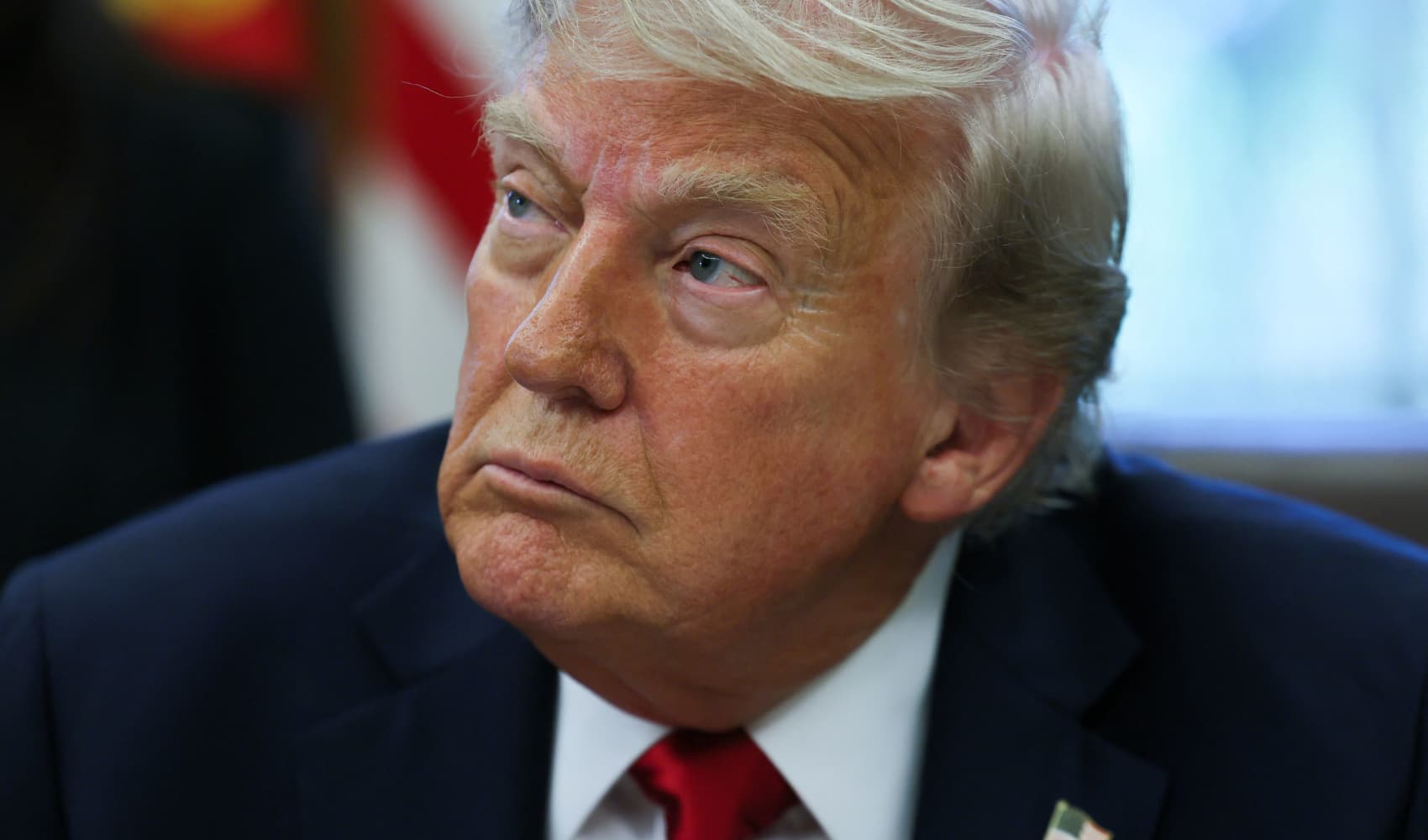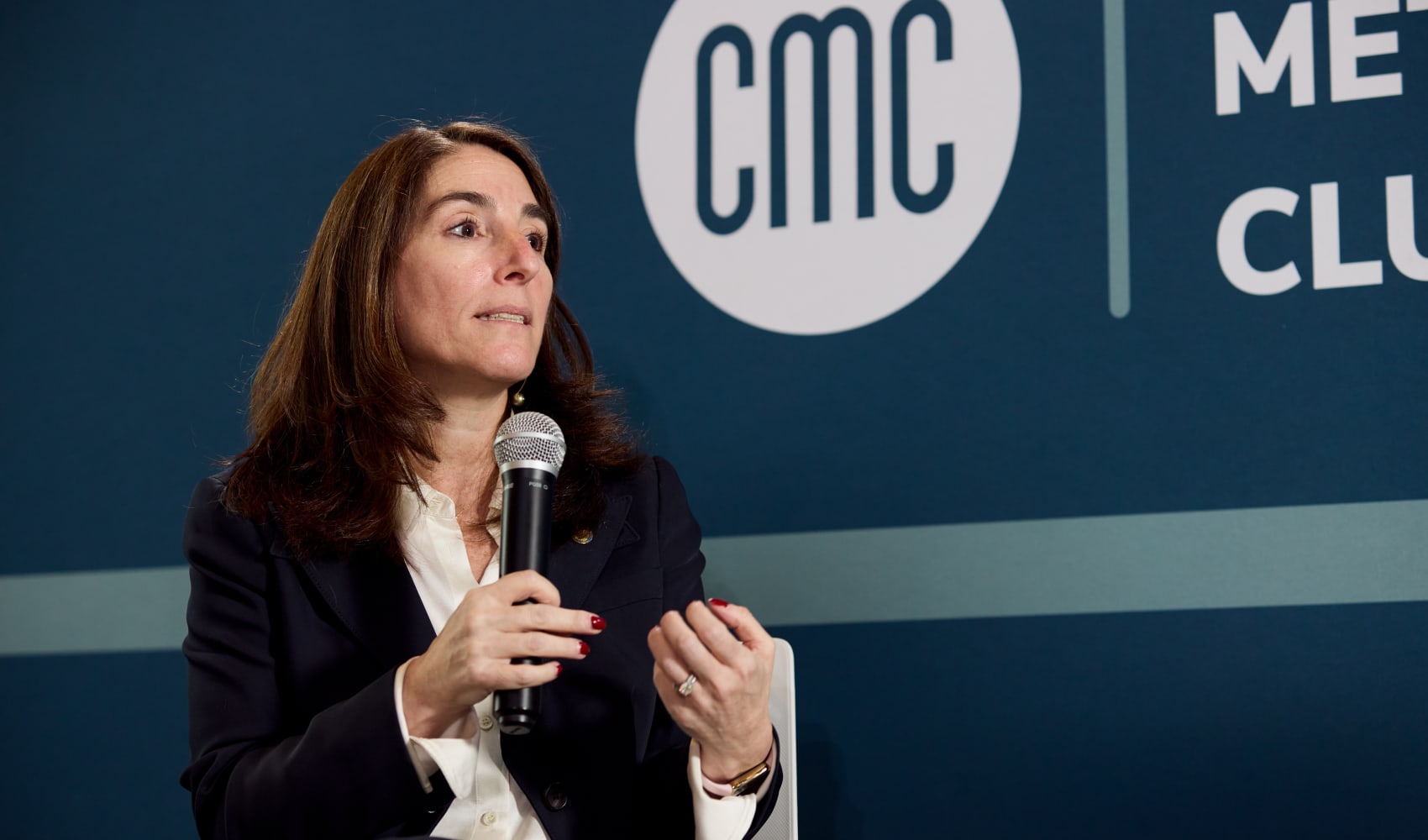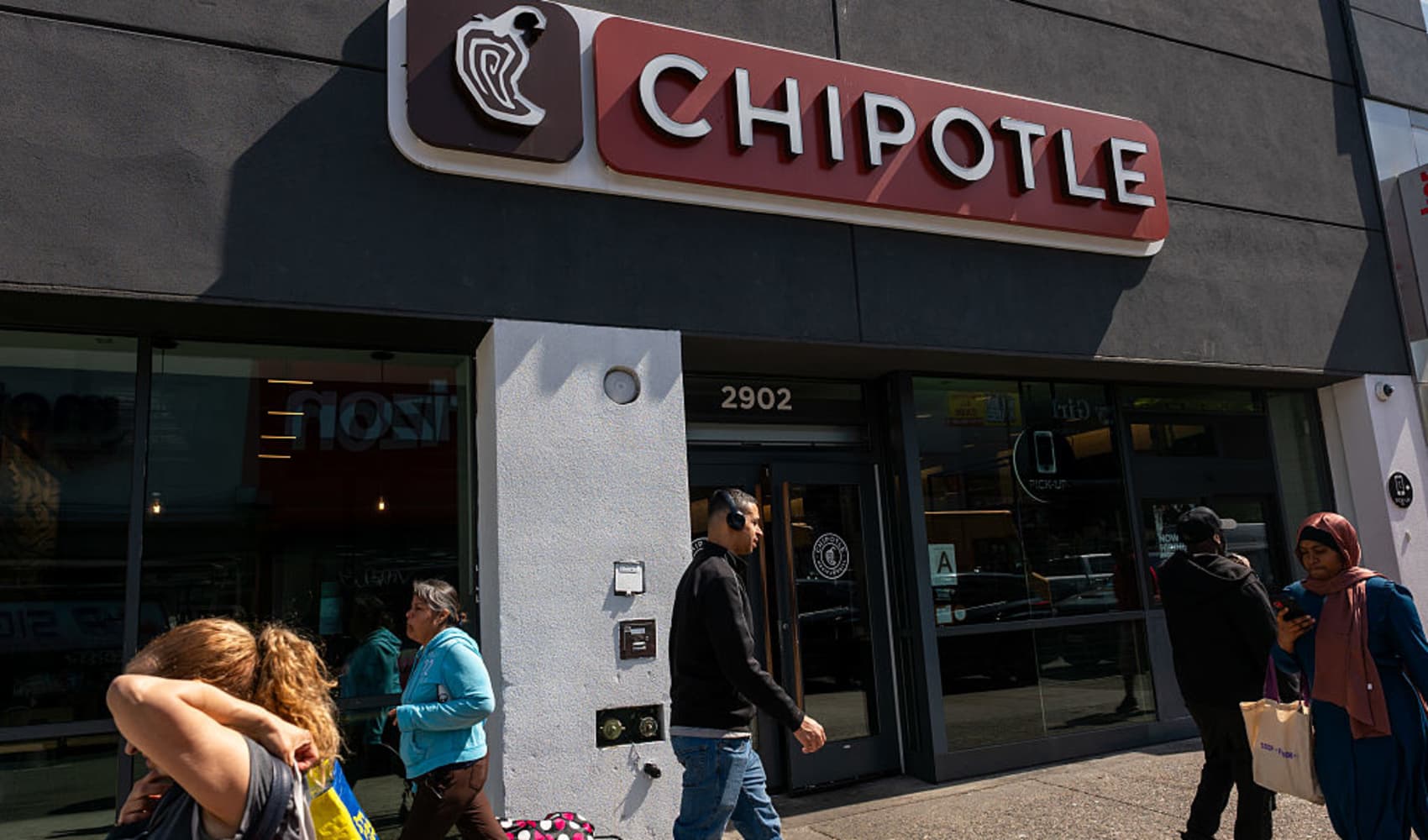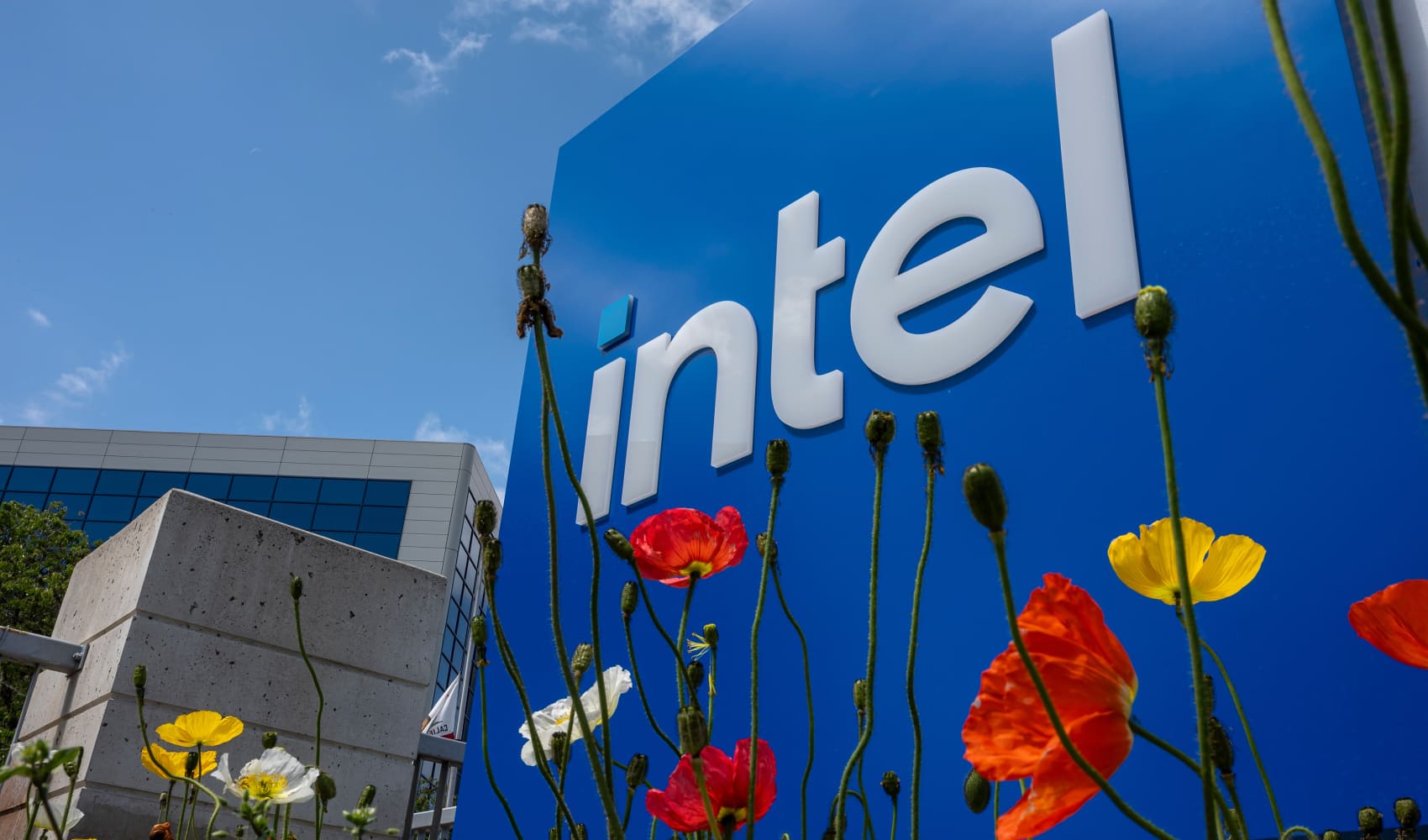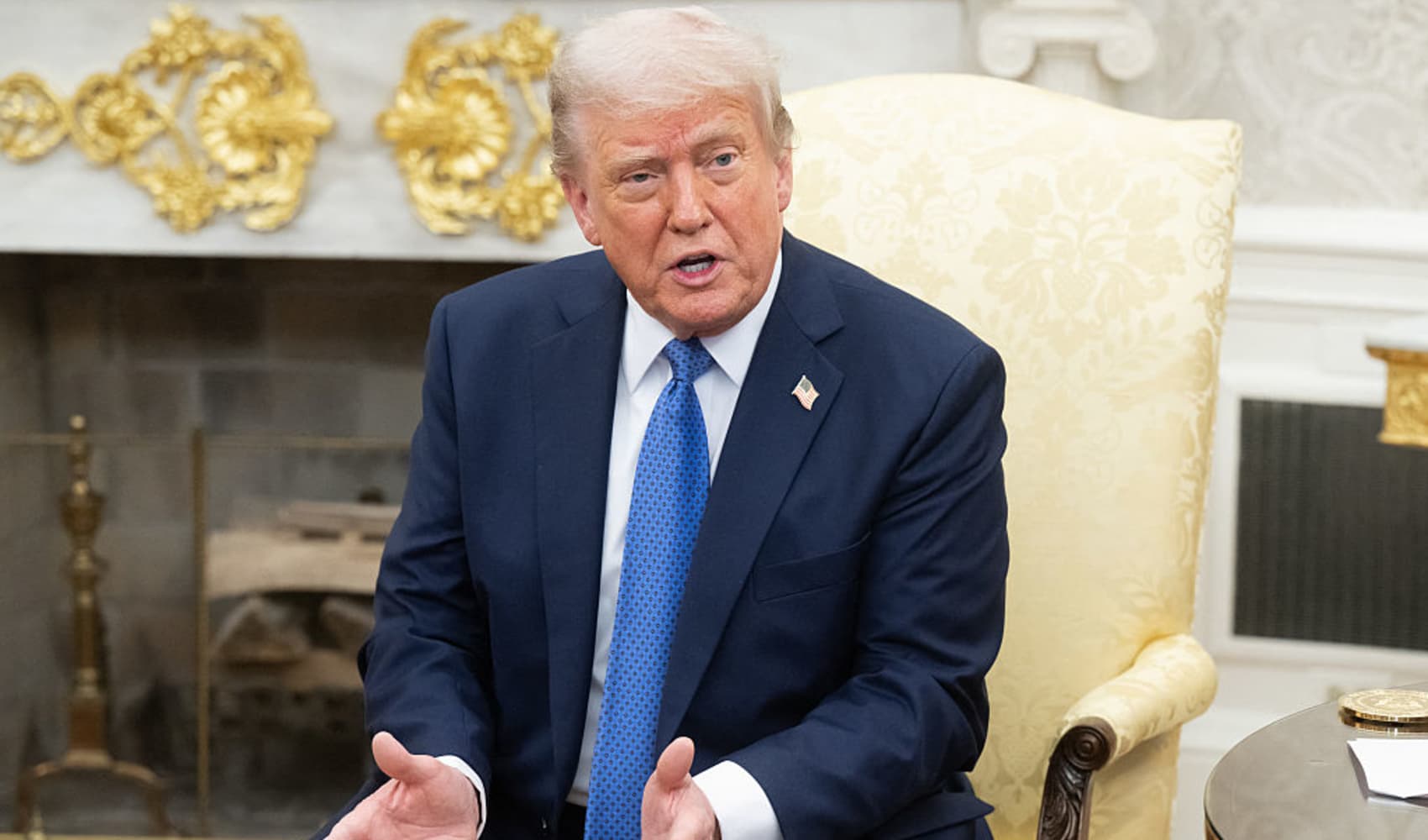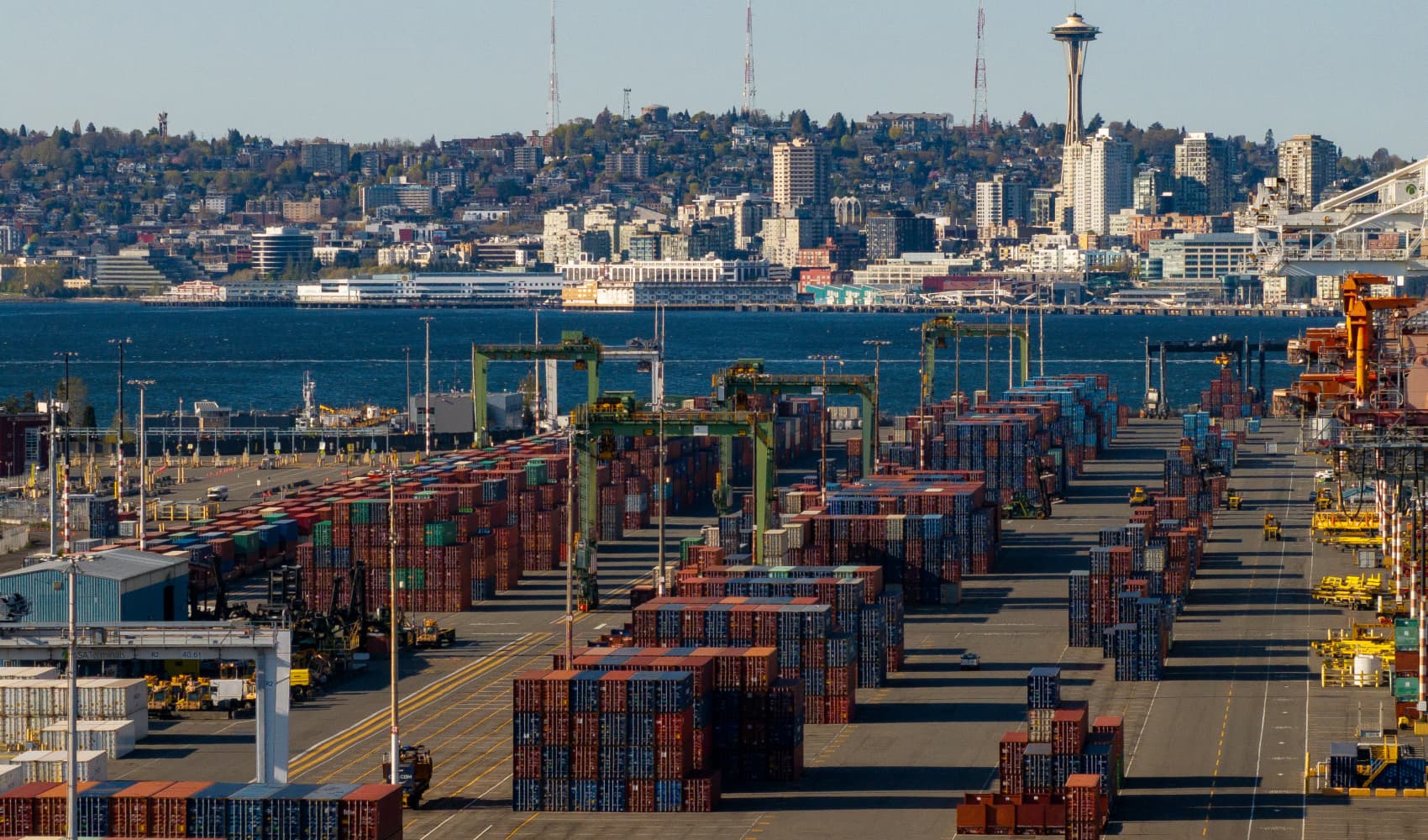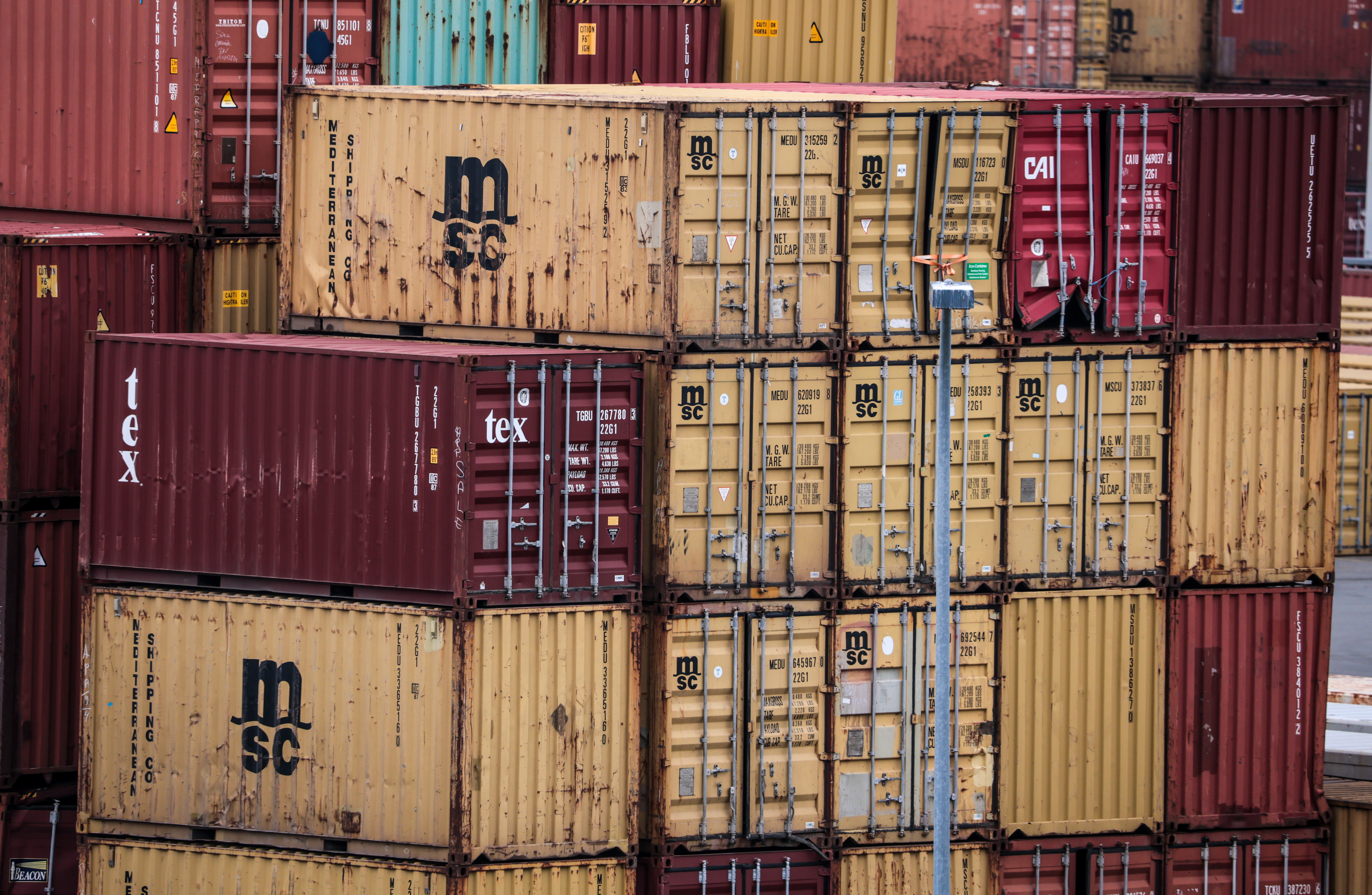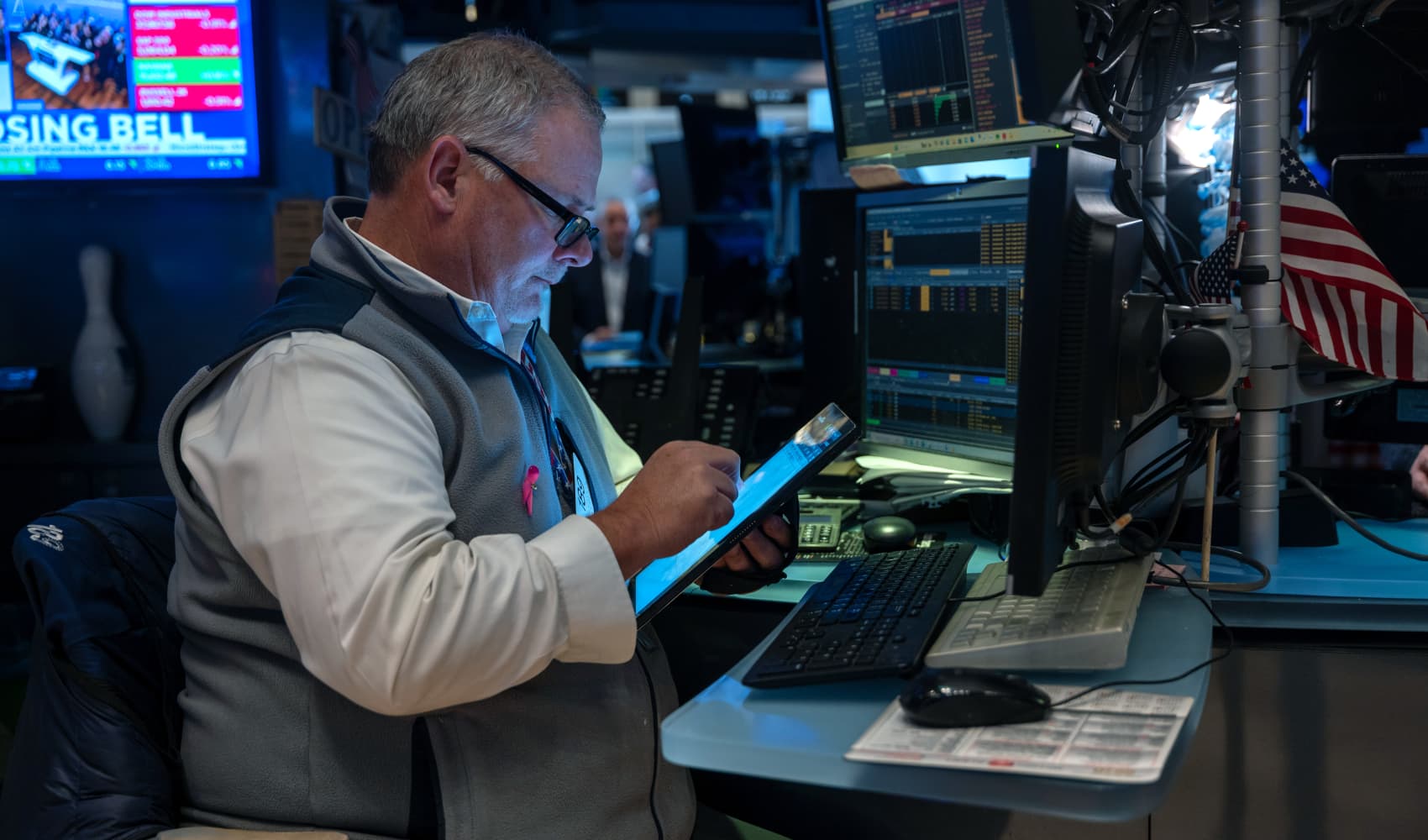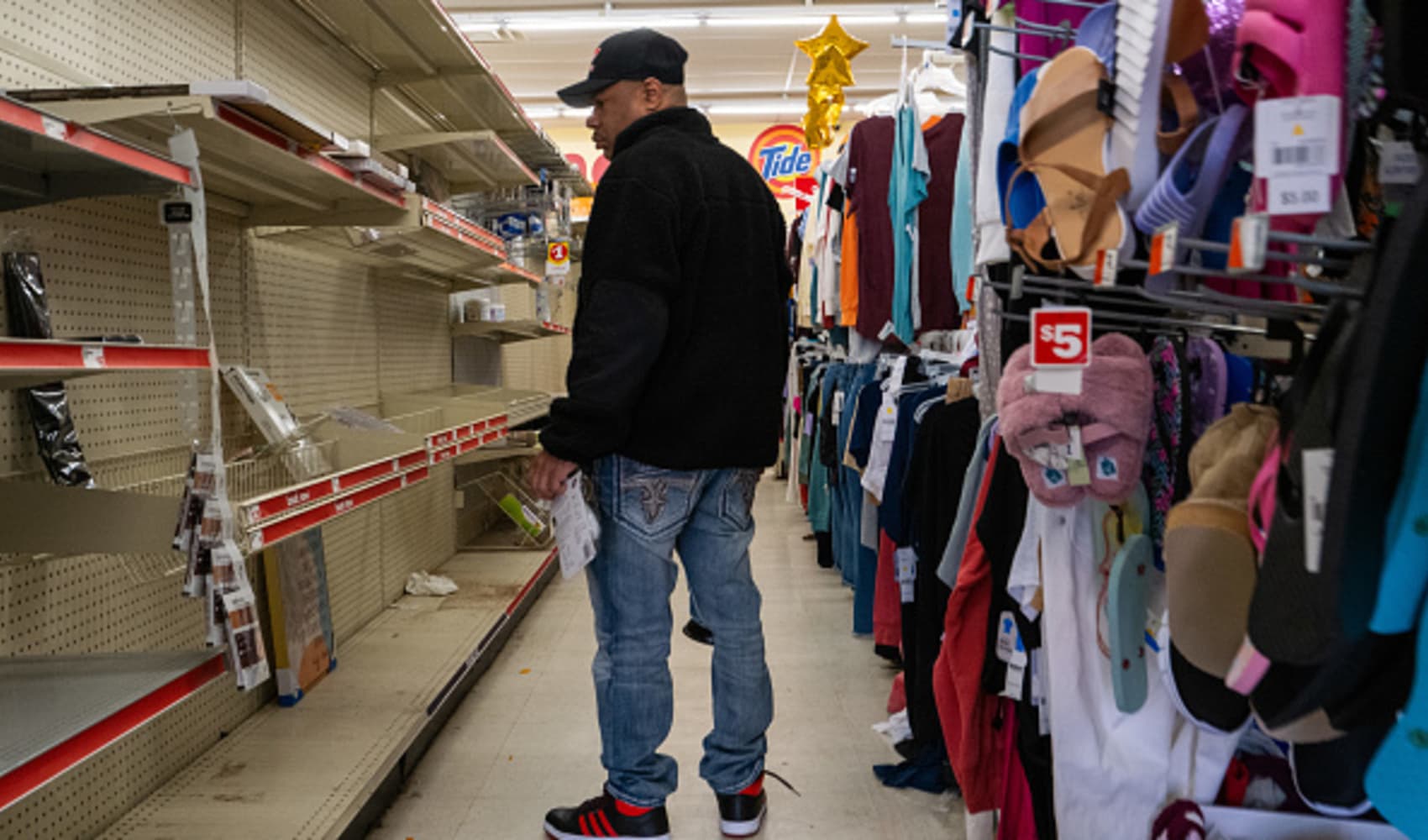Trump's Trade War: Has He Finally Blinked? CNBC Analysis
CNBC Daily Open: Did Trump Just Back Down in His Trade War?
Introduction: The Shifting Sands of Trade Tensions
Well, folks, it seems like the trade war saga is taking another twist! Remember all the fiery rhetoric and sky-high tariffs? It looks like even the staunchest of warriors might need to reassess their battle plan. Today's CNBC Daily Open paints a picture of potential de-escalation, legal challenges, and economic ripples across the globe. Let's dive in and break down what's happening in the world of trade and finance.
US Treasury Signals Potential for a 'Big Deal'
Okay, this is interesting. U.S. Treasury Secretary Scott Bessent made waves on Wednesday, stating that “there is an opportunity for a big deal here” regarding trade issues between the United States and China. Does this mean a ceasefire? A truce? Or perhaps even a comprehensive trade agreement? Time will tell, but this is certainly a more optimistic tone than we've heard in a while. Think of it like this: after years of a rocky marriage, are we finally seeing signs of couples' therapy that *actually* works?
What Could This 'Big Deal' Entail?
Speculation is rife, of course. Could this involve reducing existing tariffs? Opening up specific sectors for trade? Or perhaps even a joint effort to address global trade imbalances? We can only speculate, but the fact that discussions are happening at such a high level suggests that both sides see the benefit of reaching an agreement.
States Unite to Challenge Trump's Tariffs in Court
While the possibility of a trade deal with China flickers on the horizon, back home, President Trump is facing a different kind of battle. A coalition of a dozen states has filed a lawsuit against him and his administration, seeking a court order declaring his new tariffs on foreign imports illegal. This is a significant challenge to the President's trade policies, and could have far-reaching consequences.
Grounds for the Lawsuit
The states are likely arguing that the President exceeded his authority in imposing these tariffs. They might also point to the economic harm these tariffs are causing to their own industries and consumers. This legal challenge adds another layer of uncertainty to the trade landscape, and could force the administration to reconsider its approach.
South Korea's Economic Hiccup: A Contraction in GDP
The global economy is interconnected, and trade wars have a way of rippling outwards, impacting countries far beyond the initial combatants. South Korea's GDP contracted 0.1% year-on-year in the first quarter, marking the first contraction in its economy since the fourth quarter of 2020. Is this a direct result of the trade war? It's difficult to say definitively, but it's certainly a worrying sign.
The Broader Implications for Asia
South Korea's economic performance is often seen as a bellwether for the broader Asian economy. A contraction in GDP could indicate that other countries in the region are also feeling the pinch from the trade war. This underscores the importance of finding a resolution to these trade tensions as quickly as possible.
SK Hynix Thrives Despite Economic Headwinds
Amidst the gloomy economic news from South Korea, there's a silver lining: SK Hynix, a major player in the memory chip market, has exceeded expectations. The company topped quarterly revenue and operating profit estimates, driven by strong demand for its high bandwidth memory offerings used in artificial intelligence chipsets. This highlights the resilience of certain sectors even in the face of broader economic challenges.
The AI Boom: A Driving Force
The booming artificial intelligence market is creating significant demand for specialized memory chips, and SK Hynix is well-positioned to capitalize on this trend. This illustrates how innovation and technological advancements can provide a buffer against economic headwinds.
Trump's Trade War: An Initial Assessment
Let’s be honest, President Trump never shied away from shaking things up. His trade war was a bold, some might say brash, attempt to reshape global trade relationships. But at what cost? Has it achieved its objectives? And is it sustainable in the long run?
Blinking First? A Shift in Strategy
Trump late Tuesday said that the current 145% tariff on Chinese imports is "very high, and it won't be that hig..." This statement, even in its truncated form, suggests a potential willingness to negotiate and potentially reduce tariffs. Is this a sign that he's starting to feel the pressure? Or is it simply a strategic maneuver to gain leverage in negotiations? Whatever the reason, it represents a significant shift in tone.
The Impact on American Businesses
American businesses have been caught in the crossfire of the trade war. Some have benefited from increased protectionism, while others have suffered from higher input costs and reduced access to foreign markets. The overall impact has been mixed, and many companies are anxiously awaiting a resolution to these trade tensions.
The Consumer's Perspective
Ultimately, consumers are the ones who bear the brunt of tariffs. Higher prices on imported goods translate into higher costs for everyday items. This is a hidden tax that affects everyone, regardless of their political affiliation.
The Global Trade Landscape: A New World Order?
The trade war has disrupted the global trade landscape, forcing countries to re-evaluate their relationships and seek out new trading partners. Is this a temporary disruption, or is it a sign of a more fundamental shift towards regional trade blocs and protectionism?
What Does the Future Hold?
Predicting the future is always a risky business, but it seems likely that trade tensions will remain a key feature of the global economy for the foreseeable future. The key question is whether countries can find ways to resolve these disputes peacefully and constructively, or whether we're headed towards a more fragmented and protectionist world.
Investing in Uncertainty: Navigating the Trade War Storm
For investors, the trade war has created a climate of uncertainty and volatility. It's important to stay informed, diversify your portfolio, and be prepared for unexpected twists and turns. Think of it as navigating a stormy sea – you need to be adaptable and resilient to weather the storm.
The Political Dimensions of Trade
Trade is not just about economics; it's also about politics. The trade war has become a major political issue, with implications for elections and international relations. Understanding the political dimensions of trade is crucial for making informed decisions.
A Call for Dialogue and Cooperation
Ultimately, resolving trade disputes requires dialogue, cooperation, and a willingness to compromise. The world needs leaders who can bridge divides and find common ground, rather than exacerbating tensions and pursuing narrow self-interests.
Conclusion: Key Takeaways from the Trade War Saga
So, where do we stand? The CNBC Daily Open highlights a complex and evolving situation. Trump's initial hawkish stance seems to be softening, legal challenges are mounting, and the global economy is feeling the effects. While SK Hynix thrives in the AI boom, South Korea's GDP contraction serves as a warning. The future of trade remains uncertain, but one thing is clear: dialogue and cooperation are essential for navigating this turbulent landscape. It's time for leaders to focus on building bridges, not walls.
Frequently Asked Questions
- What exactly is a trade war?
A trade war occurs when countries impose tariffs or other trade barriers on each other, leading to a cycle of retaliation that can harm global trade and economic growth.
- What are tariffs, and how do they impact consumers?
Tariffs are taxes imposed on imported goods. They increase the cost of these goods, which can lead to higher prices for consumers.
- How does the trade war affect American businesses?
The impact varies. Some businesses benefit from protectionism, while others face higher costs for imported materials and reduced access to foreign markets.
- What are the potential consequences of a protracted trade war?
A prolonged trade war can lead to slower economic growth, increased inflation, and disruptions to global supply chains.
- What can individuals do to protect themselves from the effects of the trade war?
Diversifying investments, staying informed about economic developments, and supporting policies that promote free and fair trade are all helpful strategies.

